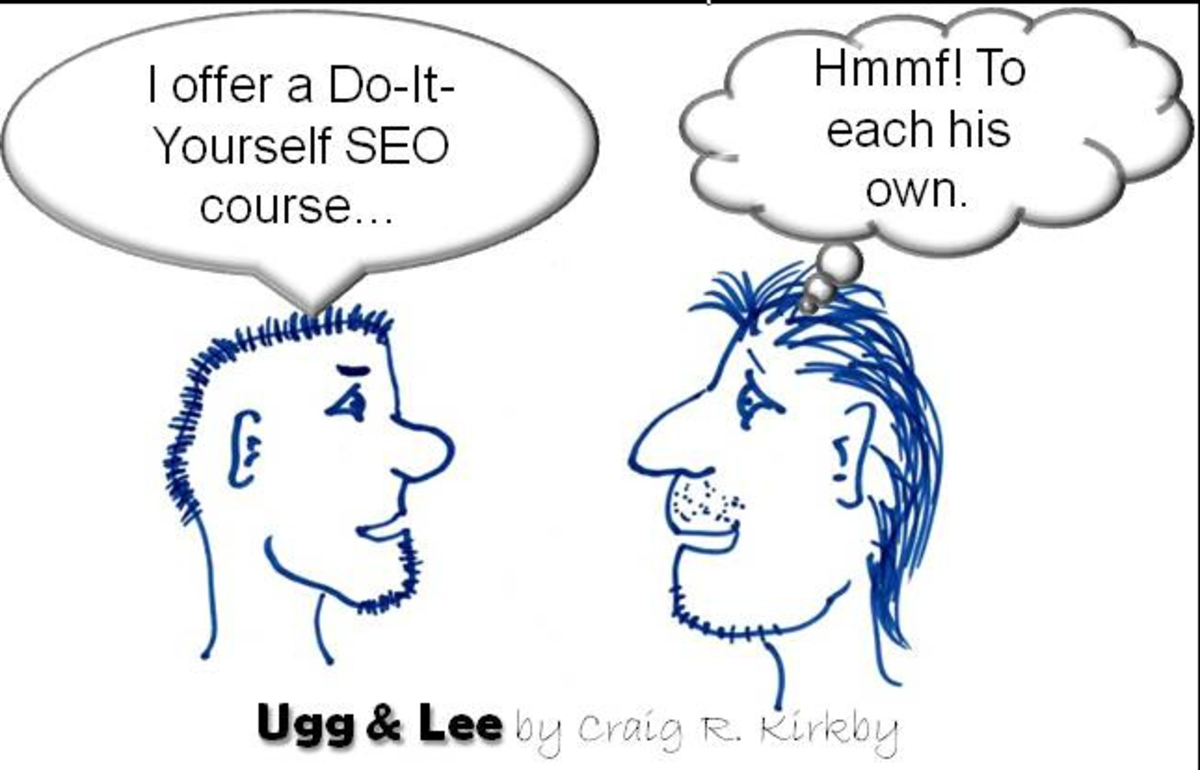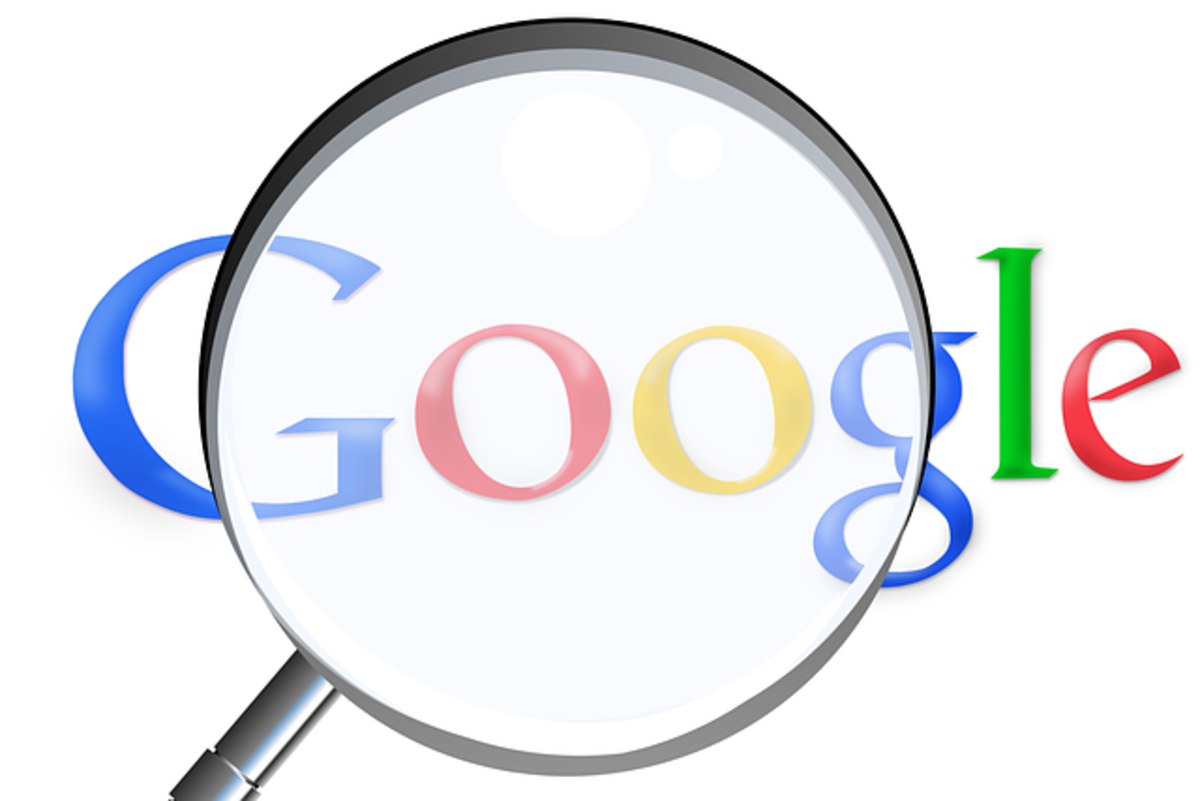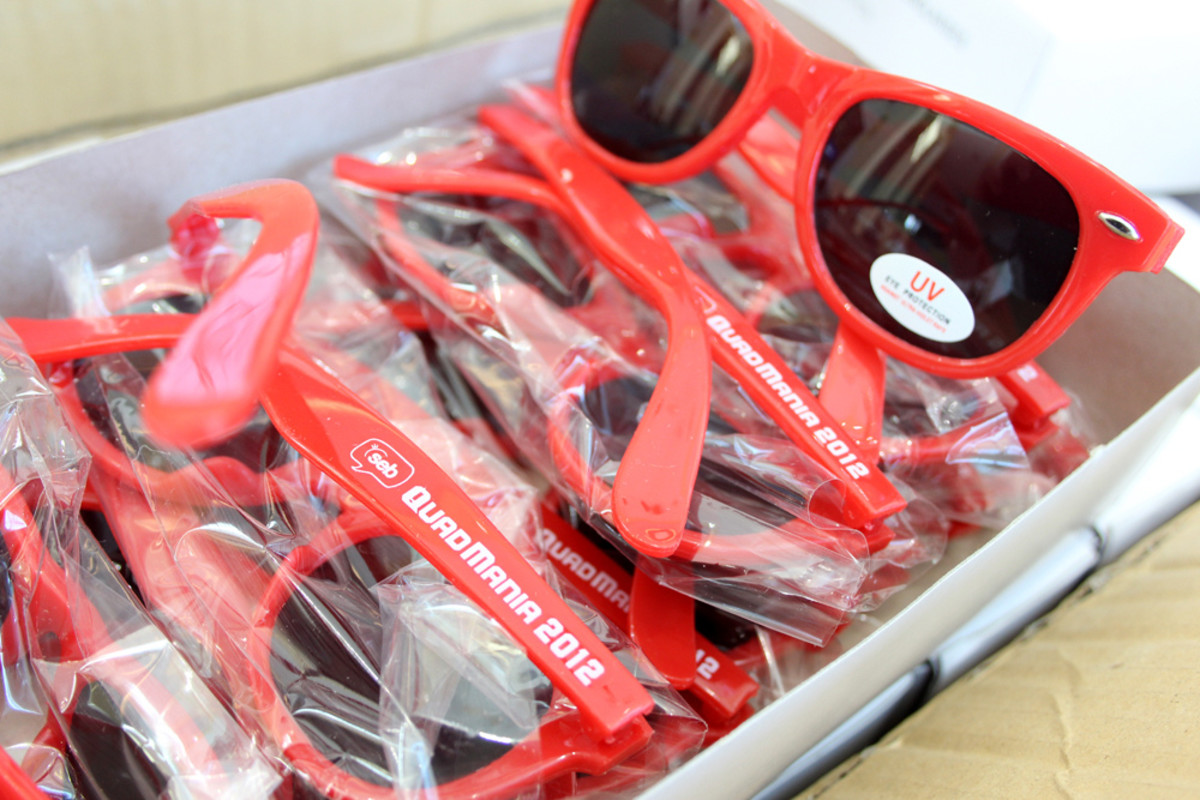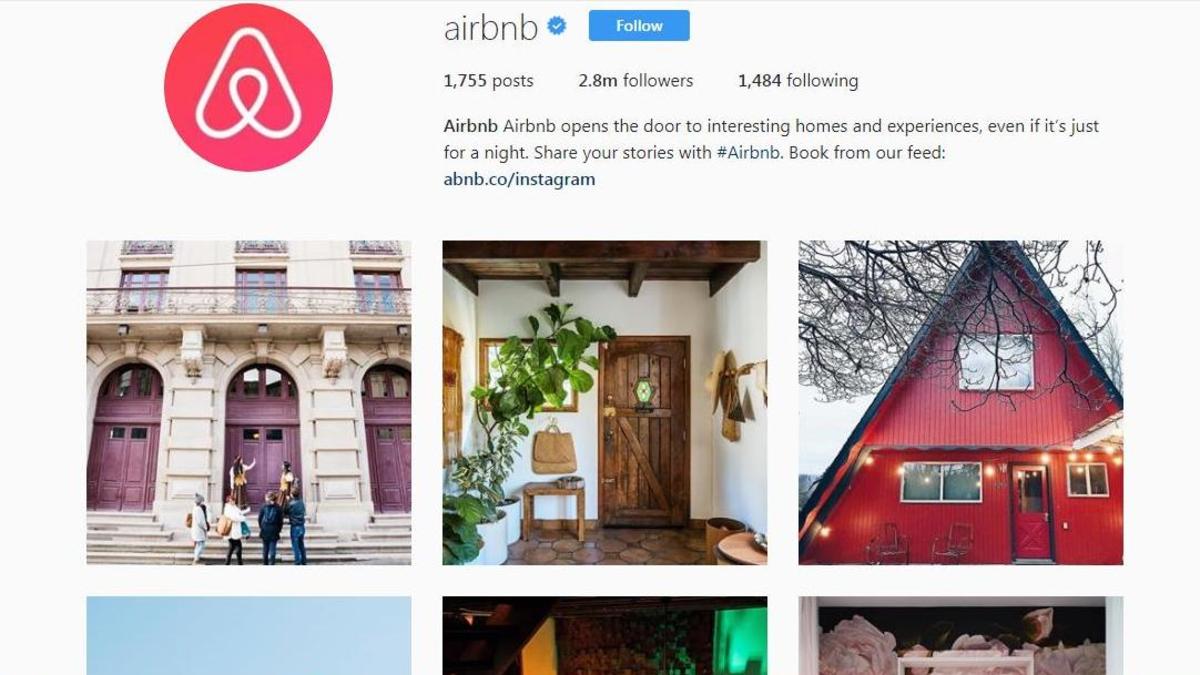Optimizing Your Website Using Good SEO: Six Search Engine Optimization Points for Every Site


SEO (search engine optimization) is a technique used to draw attention and an audience to your website by customizing it to line up with search engines online. These search engines then decide which sites are the most useful to a particular search term or keyword. What you want is for your website to be in that category of “most useful”, so that it will be one of the top sites pulled up during a search online. When you meet all of the necessary requirements for effective SEO, then you will ensure that your website will be identified in searches done globally by many different people who will benefit from you product. To guarantee that you are effective with SEO, you must meet the six guidelines for good SEO.
It's important to note that the guidelines are not easy to master. Even some of the best SEO experts have difficulty meeting all six, and instead only master three or four. To add to the challenge, the exact way each of these needs to be done changes with every major search engine algorithm change. If you can improve your practices in each of these six, you're very likely to see boosted rankings and -- if all goes well -- an increase in traffic and conversions.
Start by doing research on the best keywords to use for your website. Then, choose about 5-20 relevant keywords, also known as “long tail” keywords, so that you can cleverly figure a variety of ways to use them to draw the most attention to your site. Now keep these in mind as you go through each of these primary SEO points for your website.
Domain Name
The domain name is where it begins when you want to optimize your website. You domain name should include creative, descriptive terms explaining what your site is about. Your description should be a very detailed set of keywords that include your primary keyword. Here’s an example: if your business is to sell website optimization then your domain name, otherwise known as your URL, would read something like “websiteoptimizationexperts.com”. The objective is to create a URL that is both easy to remember and easy to search.
Title
This is where you feature to the customer your business, your product, and what they can expect from your site. Typically, the word/character limit is 65 characters or less to create a descriptive business name and, if you have space, a description of what your business offers. To use the example from above: Your title could read “Website Optimization Experts – SEO for Business Owners”. This is a short and sweet title that immediately describes to the searcher who you are. After finding your site, they will not have to search any further. In addition, you don’t want to let your title fall to a default setting. Many search engines like Google, highly consider URL titles and descriptions, so you want to make sure you have an accurate one.
Description
Like your title, your website’s description is also very important. This is what will be displayed in the search engine results. The way that the listing will be displayed will be the title is listed first in the search and then a short description after. The description does exactly this, which is describe what your site does and why the product you are offering is the best choice for the potential customer. In your description, you also want to include a few relative keywords that potential searchers might type in when searching for something your business offers. You could also place your entire site description in the search page by finding out what the allowed character amount is.

Text Content
Known as the most important element of SEO, the text content is where the bulk of attention is focused on because of its importance. You can be very flexible with the text content because you determine the keyword density of the content. Generally, the keyword density of the content is 1-3%, meaning that for every 100 words your keyword should appear 1-3 times. So, choose 3-5 keywords for your content and spread them throughout each page of your website. While maintaining a heavy keyword amount in your description is what will bring people to your site, the quality content that you offer will be what keeps people returning to the site and telling others about it. So, your text content must be keyword dense, but also creative and effective in word usage and valuable content.
Videos
This technique is unfortunately extremely underused as part of website optimization. This however, will be a fortunate thing for you. You can record clips like messages, instructional videos, tidbits of information, etc., that can be uploaded to another site serving as a third-party host site. When you host a video clip on a third-party site, it will enable you to have a certain amount of free space on your site for incidentals and not have space taken up by video clips. An example of a third-party site includes a site like YouTube. In the title of your video clip you will want to include keywords, a description of the site and your business, and any keyword tags you may want to add. Don’t forget to also include your site’s URL address in the description for your third-party hosting site. Next, include the video clips into the pages of your website that they are applicable to, and remember to include the keywords from those pages in your tags.
Photos
There is another overlooked tool that aids in website optimization and that is the use of photos. Photos are perhaps the most overlooked opportunity to optimize a website with good SEO. When choosing to use photos for optimization make sure that they are relevant to your website with the use of the right keywords in the description and photo file name. Then upload them to a third-party website just like your videos. You will certainly get great feedback from photo and video optimization because there’s less competition than text SEO.
When you’ve optimized your website with good SEO, you’re ready to start maintaining it and pursue the goal of keeping your ranking high in the search engine results. Websites that have both old and new content about their business are well liked by Google, so this is a quality that will increase your PageRank and keep repeat customers coming as well as new searchers becoming potential customers.
I hope that this hub has been useful. Now that you've finished, I would be very grateful for your help in developing my training course. Please take a moment to leave me a comment answering this question: What is your biggest frustration when it comes to optimizing your website?
- Does Embedding Video in a Website Increase Site Traf...
Film strip Video optimization is an often-underused SEO tool that can be effectively used to draw traffic and business to your website. There is no specific reason why it is overlooked, but the important thing... - How to Conduct Keyword Research
Before building a new site and/or bringing it online, it is imperative to do keyword research in order to optimize your search rankings. In addition, good keyword research can help you find a new angle for...








